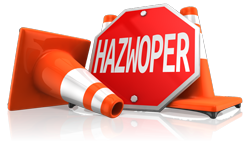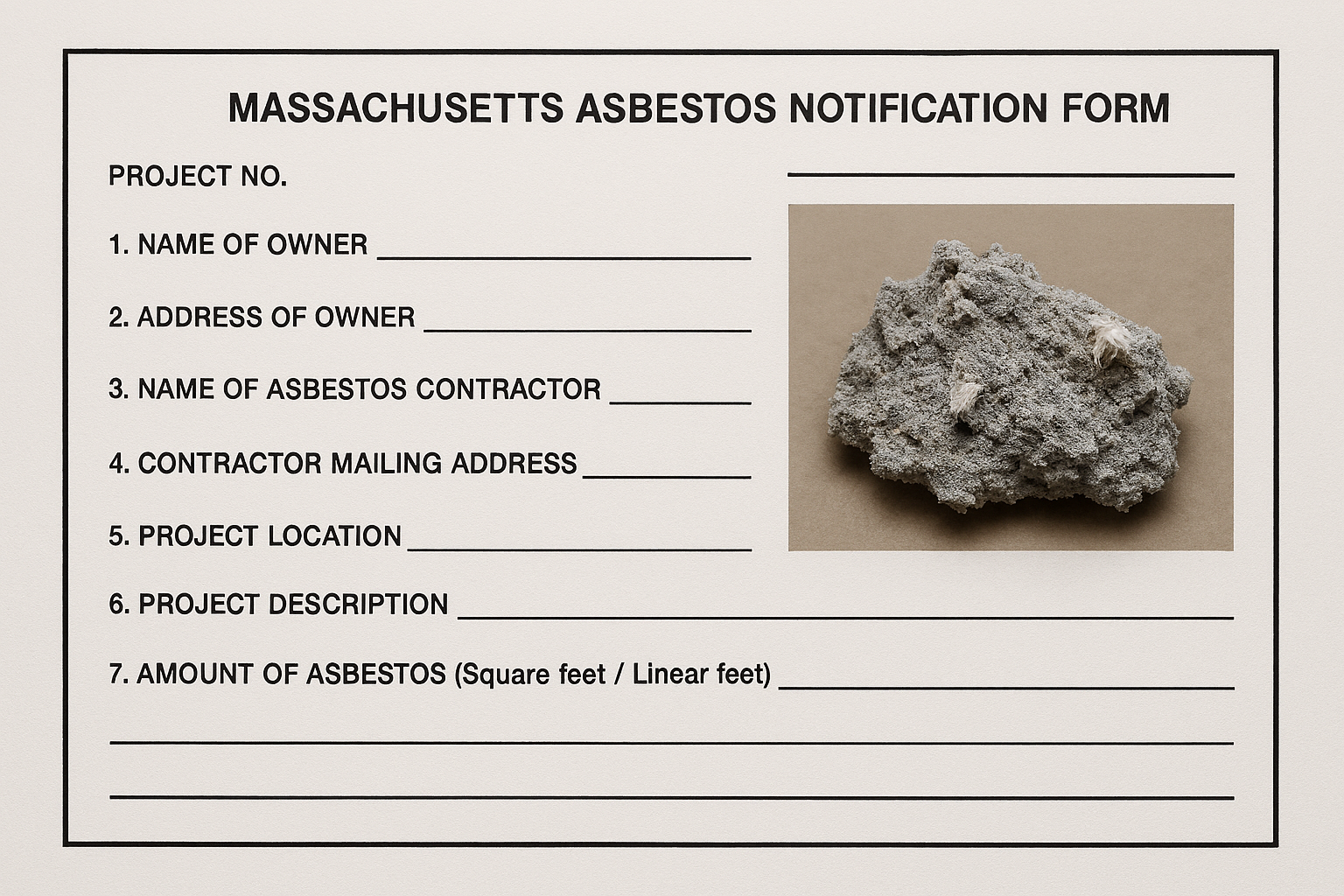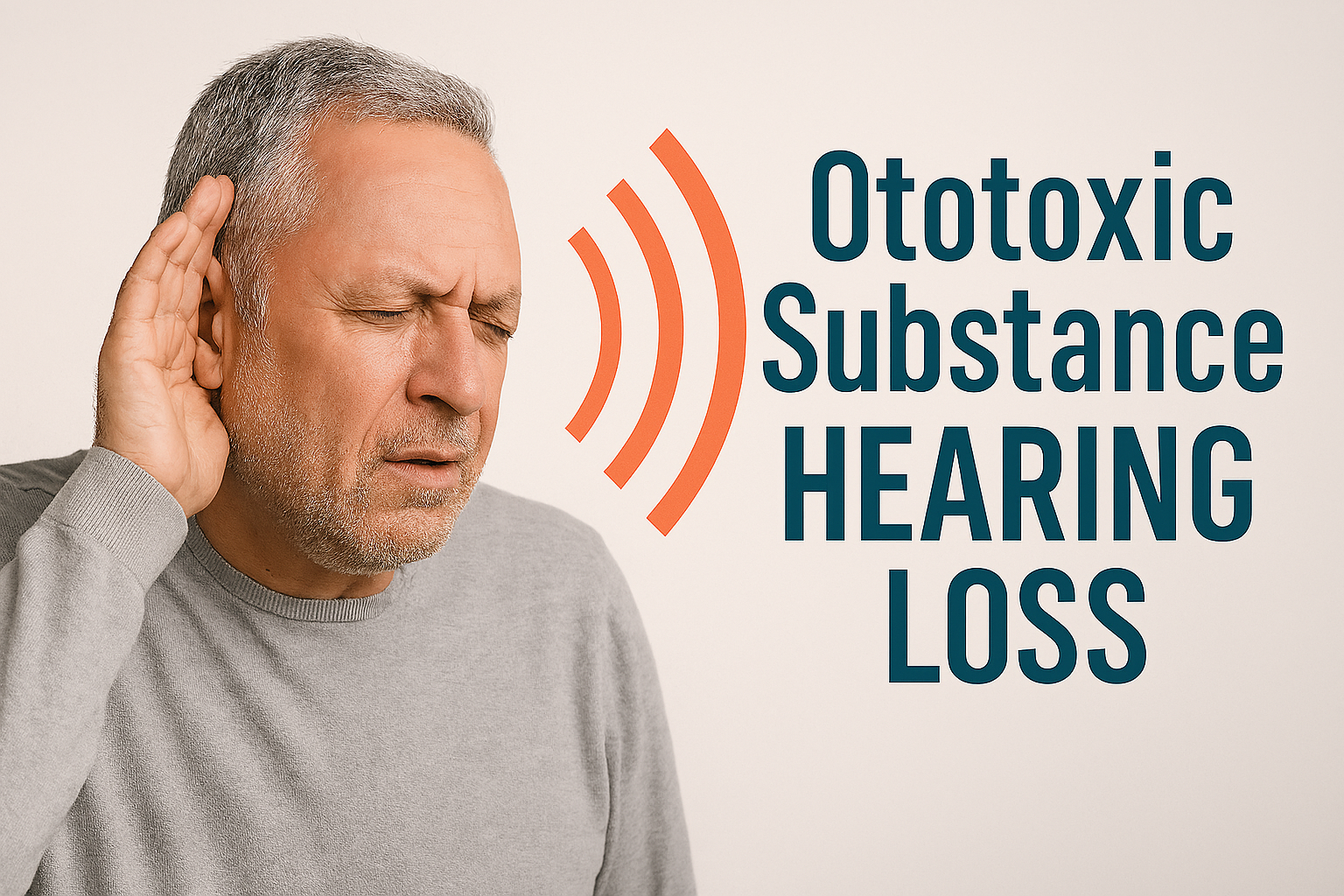The OSHA and EPA Standards differ in the types of workers that are covered, however: OSHA's Standard covers workers in the private business sector whereas the EPA Standard covers state and local government employees. This difference ensures that all workers who need HAZWOPER protections will get them. Kudos to OSHA and EPA for this one difference in their Standards.
Now is a good time to point out that OSHA has 2 HAZWOPER Standards - 1 for general industry (1910.120) and 1 for construction (1926.65). These are - you guessed it - identical. Accordingly, my use of the term "HAZWOPER Standard" in the rest of this article refers to the 2 OSHA Standards and the EPA Standard.
The HAZWOPER Standard covers 3 distinct types of workers and their corresponding operations:
- Hazardous waste site cleanup operations
- Hazardous waste operations at Transfer, Storage, and Disposal Facilities (TSDFs)
- Emergency response operations involving hazardous substance releases
The regulatory requirements for each group are listed in different parts of the Standard: cleanup operations at hazardous waste sites must comply with paragraphs (b) through (o), TSDFs must comply with paragraph (p), and emergency response operations involving hazardous substance releases must follow paragraph (q).
For those of you who are "only" required to comply with paragraphs (p) or (q): don't be fooled, as these paragraphs are lengthy and have several different elements. In fact, some sections in paragraphs (p) and (q) refer you to paragraphs (b) through (o), the ones that apply to cleanup operations at hazardous waste sites!
All HAZWOPER workers/operations share some basic, common requirements including:
- Develop written programs and/or plans
- Provide medical surveillance when certain criteria are met
- Develop and implement decontamination procedures
- Train HAZWOPER workers
Other HAZWOPER requirements (hazard identification, material handling, etc.) have varying degrees of differences among the 3 different groups of workers/operations. This makes sense, given the varied nature of the operations and their corresponding potential for harmful exposures.
Regarding training requirements: most HAZWOPER workers need at least 24 hours of training upon initial assignment and 8 hours of refresher training each subsequent year. HAZWOPER workers with minimal responsibilities have fewer required training hours but general site workers performing hazardous waste site cleanup operations require 40 hours of initial training and 3 days of supervised field experience.
This article gives an overview of the HAZWOPER Standard. Compliance with this rule requires a much deeper dive into all of its aspects, including descriptions of each covered operation, exceptions, definitions, and each specific requirement.
Cashins & Associates, Inc. is happy to help you understand the HAZWOPER Standard in its entirety so you can be confident in your compliance activities. We can also assist with your other
Industrial Hygiene and
Safety Program needs.
Please click on the icon below to submit your inquiry to us!





